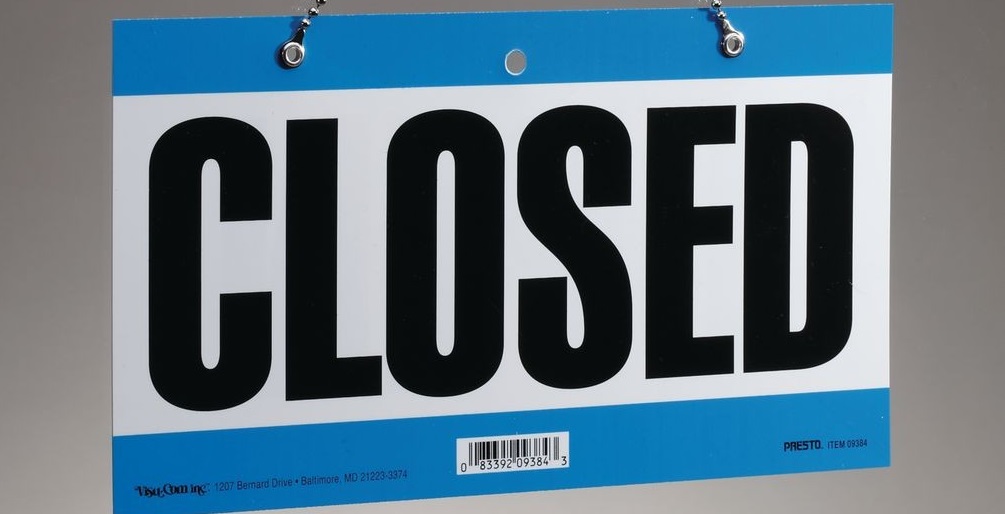Statehouse Preview

Week of April 27, 2020
Statehouse work continues online this week (see below), but House Speaker Larry Householder has informed House staff to return for in-person work beginning next week.
The House has scheduled sessions on May 5 (if needed), 6, 7, 13, 14, 19 and 21st, and plans tor resume committee meetings in some of the larger hearing rooms with accommodations made for social distancing.
The Senate, for its part, has a session scheduled for Wednesday but is widely expected to cancel it in favor of a meeting date later in May. The chamber and its leader, Senate President Larry Obhof, have not indicated when or if they plan to resume business as usual.
Today, Governor DeWine will continue his series of daily COVID-19 briefings with a much-anticipated update about the state’s plans to allow the limited resumption of certain businesses and activities. Briefings are expected to continue daily.
The House of Representatives’ Economic Recovery Task Force will continue to hear from (mostly) business owners about their economic hardships. Only one representative of workers has appeared before the panel in its three weeks of almost daily hearings.
Also today, the state Controlling Board, a panel of legislators empowered to approve spending outside the normal legislative process will consider proposals from the DeWine administration’s Office of Budget and Management and Department of Job and Family Services related to the state’s COVID-19 response. The hearing will also be streamed online.
Statehouse Meetings and Events
Monday
- 10 am – Economic Recovery Task Force – Speakers include representatives from Stark County Minority Business Association, Mechanical Contractors Association of Ohio, Chillicothe Fireworks, Brumbaugh of Garner Trucking, cityBRANDS Holdings, LLC, Lake Erie Shores & Islands, Allen Company, Lakota Sports Organization, BASEC Management, Inc., DBA Wendy’s and Body Alive Fitness. Virtual meeting streamed live online at ohiochannel.org.
- 12 pm – Controlling Board – Senate North Hearing Room and streamed live online at ohiochannel.org.
- 2 pm – Gov. DeWine Briefing on COVID-19 – streamed live on ohiochannel.org.
Tuesday
- 2 pm – Gov. DeWine Briefing on COVID-19 – streamed live on ohiochannel.org.
Wednesday
- 1:30 pm – Ohio Senate (if needed) – stream lived on ohiochannel.org.
- 2 pm – Gov. DeWine Briefing on COVID-19 – streamed live on ohiochannel.org.
Thursday
- 2 pm – Gov. DeWine Briefing on COVID-19 – streamed live on ohiochannel.org.
Friday
- 2 pm – Gov. DeWine Briefing on COVID-19 – streamed live on ohiochannel.org.
 Connecting Education with Work
Effective policies that work and don’t eliminate the voice of the people like HB 512
House Bill 512, the pending GOP legislative proposal to radically reorganize agencies that oversee education and workforce programs statewide has been a lightning rod for opposition (read our earlier coverage
Connecting Education with Work
Effective policies that work and don’t eliminate the voice of the people like HB 512
House Bill 512, the pending GOP legislative proposal to radically reorganize agencies that oversee education and workforce programs statewide has been a lightning rod for opposition (read our earlier coverage  Overview
Senate Bill 329, a little-noticed bill rushed through the recent lame duck session, could have disastrous consequences if allowed to become law. Without a veto from Governor Kasich, SB 329 would effectively allow for the dissolution of state government departments, potentially throwing thousands out of work and open the door to privatization, while threatening the effective continuation of public services and programs that provide for the state’s economic vitality and competitiveness.
How it Would Work
Under SB329, Gubernatorial Departments would be required to make an affirmative case every four years to justify their continued existence, involving a time- and resource-intensive process. Agencies would be required to review and report on the legal justification of rules and procedures, potential for privatization, conduct a multi-year analysis of cost effectiveness, and benchmark all regulations against other states.
Creates Chaos Not Reform
Overview
Senate Bill 329, a little-noticed bill rushed through the recent lame duck session, could have disastrous consequences if allowed to become law. Without a veto from Governor Kasich, SB 329 would effectively allow for the dissolution of state government departments, potentially throwing thousands out of work and open the door to privatization, while threatening the effective continuation of public services and programs that provide for the state’s economic vitality and competitiveness.
How it Would Work
Under SB329, Gubernatorial Departments would be required to make an affirmative case every four years to justify their continued existence, involving a time- and resource-intensive process. Agencies would be required to review and report on the legal justification of rules and procedures, potential for privatization, conduct a multi-year analysis of cost effectiveness, and benchmark all regulations against other states.
Creates Chaos Not Reform